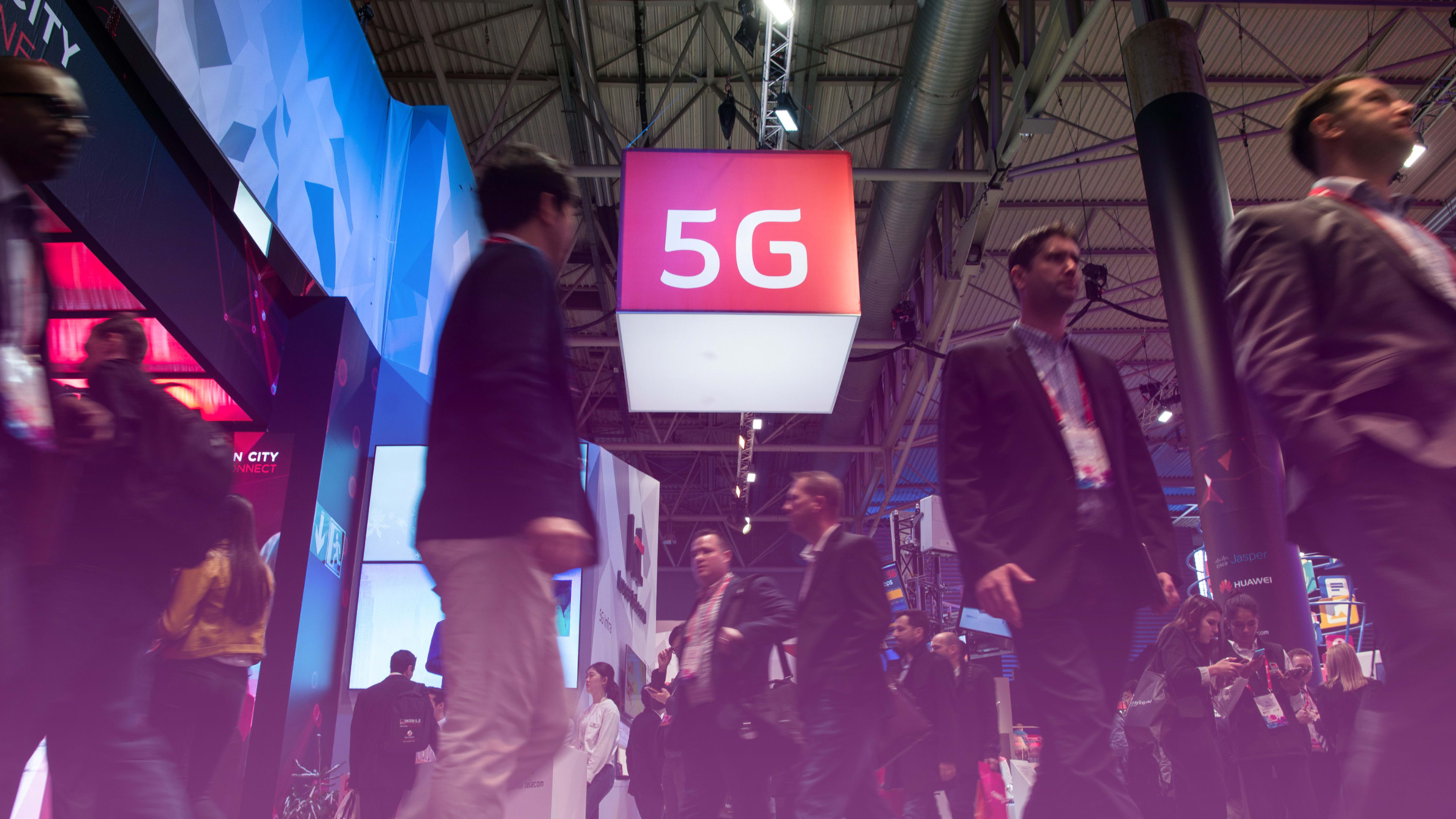Fifth-generation wireless, aka 5G, is on its way from theoretical to almost reality, now that engineers have finalized the technical standards for a major part of it. That means companies like Intel, Qualcomm, and Samsung can start mass-producing the chips that will power faster cellular connections in phones by 2019 and a host of other devices, such cars and drones, in the following years.
How much faster will it be? Possibly up to 5 gigabits per second download—beating the best smartphones today, which peak around a still-impressive 1Gbps. For reference, the average wired home broadband speed in the U.S. is just 0.064Gbps. That hints at a near future in which you’re not stuck with the one or two (or zero) home and office broadband providers in your neighborhood. 5G has another kind of speed boost: The delay, or latency from when you request data like a web page to when you get something back, could be as little as 1 millisecond—10 times faster than today’s 4G.
Related: The Wild Technology That Will Make 5G Wireless Work
Those are best-case scenarios, and it will still take a while to see what 5G services end up looking like. Wireless providers and equipment makers will spend the next year continuing limited trials in parts of cities—as small as a shopping center or a few apartment buildings.
5G services will initially run on top of 4G networks. The fast radio connection between devices and cell towers will be pure 5G. That’s the component that has just been finalized. But all the technology behind the towers—the routing, the divvying of bandwidth—will use current technologies that don’t include 5G capabilities beyond pure speed. The “core network” standards that make those capabilities possible may be finalized in the next six to nine months. “In cases where an operator already has an LTE network…they can use this first release and start to place orders, build out their network, and have devices for sale under that network probably as early as 2019,” says Rob Topol, general manager for 5G advanced technologies at Intel.
The 5G Yet To Come
The second part of 5G will enable services well beyond phones. Those include ultra-reliable, mission-critical connections for autonomous cars and drones; guaranteed low latency for devices like wireless VR headsets; and low-power, low-bandwidth modes for ubiquitous “internet of things” connected devices like environmental sensors. “The core foundation of 5G is, you build a system that can evolve and adapt to various requirements and new market opportunities through the lifetime of the system,” says Serge Willenegger, an engineer and SVP for product management at Qualcomm who helped develop the 5G standard.
Finishing the radio standard first provides extra time for lots of things that engineers still have to figure out. One major challenge is the very short-range “millimeter wave” frequencies needed to provide the extra capacity that everything-connected 5G networks will need. The signals can’t even travel as far as Wi-Fi signals, and can be blocked by obstacles as small as tree leaves.
Estimates from just a few months ago predicted that wireless carriers would have to install up to 300,000 new cellular transmitters in the U.S.—tripling the country’s number of cell sites and causing a zoning nightmare. Chipmaker Qualcomm, however, believes the technology can work with a lot fewer antennas. Just using current cell sites, it was able to provide coverage for most of a several major U.S. cities, such as 65% for San Francisco. (Call me skeptical, through. I can barely get 4G in my apartment in the geographic heart of SF.)
Beyond technology, companies also have to test business models, says Bill Menezes, principal research analyst at Gartner. “Even though the vendor community like Qualcomm and Ericson, the carriers like ATT and Verizon and SK Telecom [in Korea] have identified potential use cases for [5G], none of them has been able to substantiate that they are going to be actual business cases,” that people will pay for, he says.
One example is 5G fixed wireless. It replaces a building’s wired internet connection with a wireless link, typically to a roof-mounted antenna. This could be much cheaper than laying new fiber-optic cables and might allow new competitors to challenge the near monopolies of giant ISPs like Comcast or Charter.
Although the giant ISPs are also pursuing this business. Verizon has announced plans to provide fixed wireless in five cities in 2018, with Sacramento the first city announced. AT&T is testing fixed 5G connections in a market in Waco, Texas.
“They’re going to…find out what’s the interference like, what happens when everyone hops on at the same time, what are all the little nuances they need to understand before they can do wider and wider deployments,” says Menezes. He follows up with an observation that applies to 5G as a whole. “Until they can start to do that, they’re not going to be able to figure out what types of uses are going to make money.”
Recognize your brand's excellence by applying to this year's Brands That Matters Awards before the early-rate deadline, May 3.
